For the most part, the world around us is in motion. Some things move slowly while some move faster. Slow moving things are plants, turtles, snails etc. Fast moving things are baseballs, cars, ocean waves etc. As photographers we thrive to capture every detail and display it via our photos. We want to capture these movements and motions to make our work more creative. The process of freezing motion and movement is called action photography. After you decide what you want to shoot you must decide how you want it to appear in your photo. In other words you want to know how to convey the motion to the viewers. There are two ways of conveying.
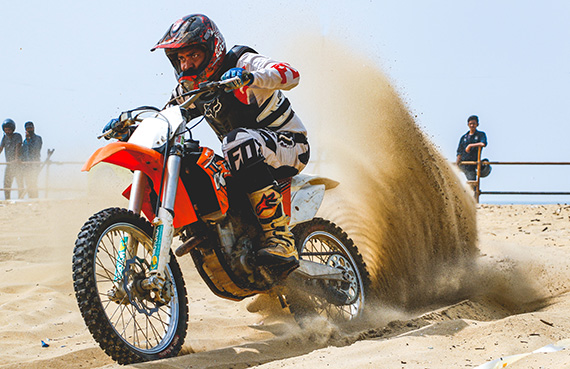
Photo by Vikram Sundaramoorthy
Blurring Motion
This method of conveying is used when we want to remind the viewer that motion is taking place. This method works best for less dramatic effects. For example when picturing a moving ocean wave we want to use blurring method.
Freezing Motion
This method is used when the motion is obvious. For example when a pitcher is pitching a baseball the motion of the arm is obvious. We use freezing method when shooting actions such as a person jumping in air or a soccer player kicking the ball.
These two methods can be combined to give a more energetic look to your image. Things like an outfielder catching the ball are good for this combination. In other words we blend these two when one thing is moving relatively quicker than the other. In the above case it was the fast ball vs. the fielder’s slower jump.
Shutter Speed
The first thing that you need to understand for action photography is the use of shutter speed or exposure length. We need to have the shutter fast enough to capture the motion. The settings differ from photo to photo.
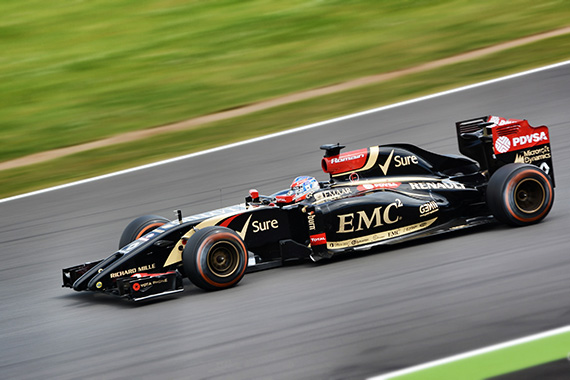
Photo by Tim Carey
For example a splash of water will require close to 1/1000 of a second while a child running may require 1/200 of a second. You may have to play around with other parameters such as ISO and aperture to get the exposure right when changing the shutter speed.
Placement
After deciding the method of conveying you have to determine the placement of the subject in the photograph. All the basic rules of photography still apply to action photography. Rules such as leading lines, centering and rule of thirds should be kept in mind when composing the picture. And also remember that our only purpose is not to freeze the motion only but there is more to it. For example when we capture an athlete running towards the right of the frame we want to give extra space on the right. This is to emphasize and point out of the path of the run. However, there are some exceptions to this rule. One example is when picturing short burst motions. For example a kick-boxer kicking doesn’t have a direction. You can capture this in the middle of the frame. We can care less about the direction of his leg after the kick has been kicked.
Timing
There is always that perfect moment when shooting any type of image. However, it is a little more important in action photos. Camera manufacturers have introduced the feature of multi burst to help the users. In this mode the camera takes multiple exposures per second in a hope to capture that perfect moment. It is a good feature and it is helpful in most cases but not always. This drives the photographer to believe in a false security and might be deceiving. The user might press the button before time and hope the camera catches the best moment. This is only useful for continuous motions but when shooting short actions you want to avoid the multi burst feature. For example a kiwi dropping in water only happens short and the camera doesn’t find that good timing. For short motions you must understand your camera shutter lag time and have an understanding of the motion to take the picture yourself rather than relying on the camera’s multi burst feature. Also remember that when the image shows in your view-finder it is already too late to capture it. You have to practice to get your timing right. So get out there and practice.
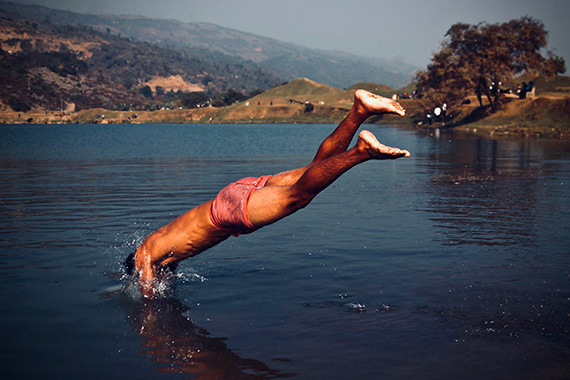
Photo by Hasin Hayder
Focus
You must use manual focus for freezing objects in motion. All cameras require some amount of time to auto focus and we don’t have this time in action photography. For example a baseball coming towards you will be gone by the time your camera can focus on it. You want to have your camera focused before your subject reaches the point of interest. Action photography is widely used in sports events.
About the Author:
This article was written by Balal Rizvi of RQ Studios.
Like This Article?
Don't Miss The Next One!
Join over 100,000 photographers of all experience levels who receive our free photography tips and articles to stay current:


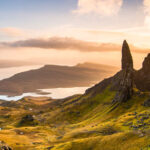

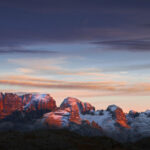

Leave a Reply